
Bigger Picture
Not Beary Friendly By: Jessica Louque It’s a pretty well known fact that I don’t have a lot of fondness for wildlife. Sure, at…
Read More
Not Beary Friendly By: Jessica Louque It’s a pretty well known fact that I don’t have a lot of fondness for wildlife. Sure, at…
Read More
By: Rachael Bonoan Can we help pollinators help themselves? Pollinators Can Get Medicine from Their Food While there are plenty of activist groups raising…
Read More
By: Jessica Louque Sage Advice We’ve chosen a lot of really cool plants to see what works for our bees this year. On some…
Read More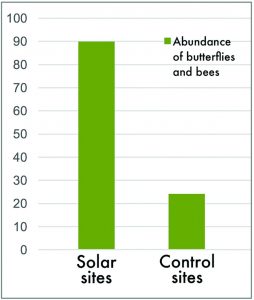
By: Rob Davis Rapid growth of ground-mounted solar presents opportunity to establish hundreds of millions of native plants. Across Minnesota workers are preparing dozens…
Read More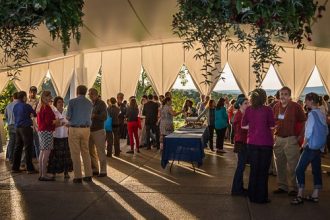
2016 International Conference on Pollinator Biology, Health and Policy The Center for Pollinator Research at Penn State University will be hosting the third International…
Read More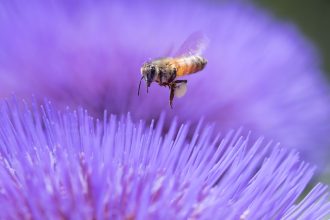
On the 13th of August we’re holding our second Pollinator Day here at the Root Company’s Pollinator Meadow, behind our Corporate Headquarters. There’s a…
Read More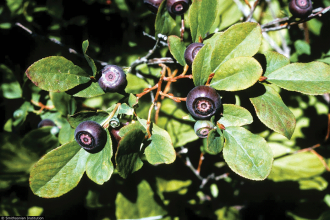
: Connie Krochmal Two groups of bee plants are known as huckleberries – Vaccinium spp. and Gaylussacia spp. The former, which are most common…
Read More
Shawna Coronado As an organic gardener, I often explore the idea of planting flowering plants in my garden – both native plants and more…
Read More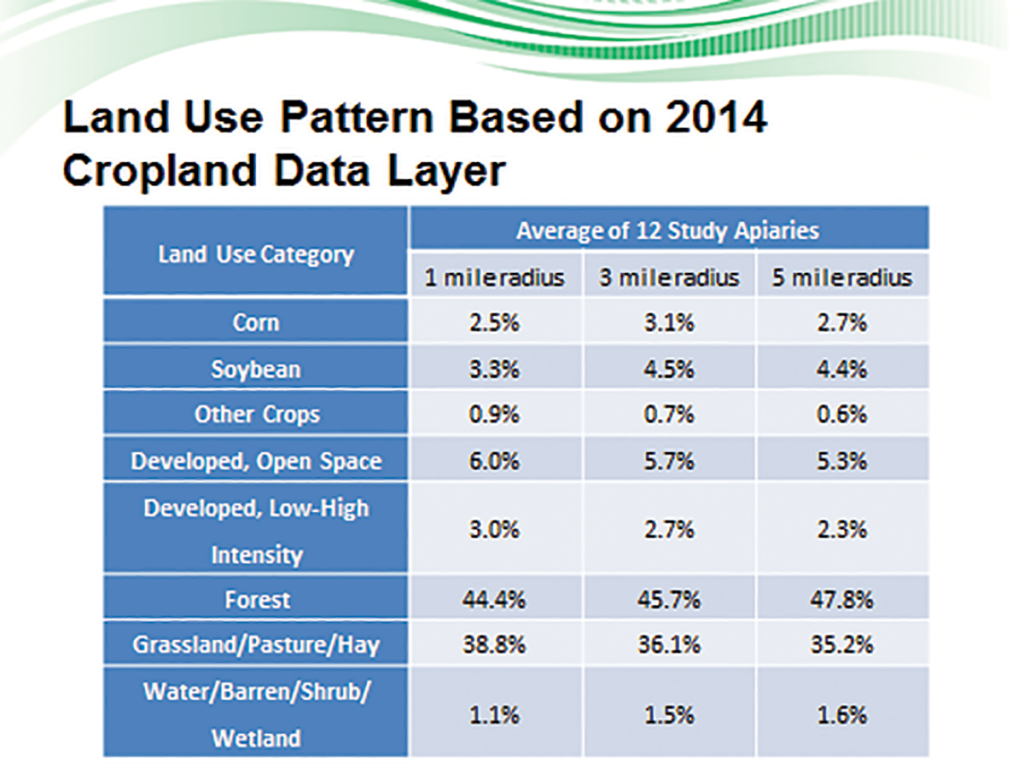
Jessica Louque Pollen Frenzy Each year, we seem to have a honey bee field study that has a pollen collection aspect. This is my…
Read More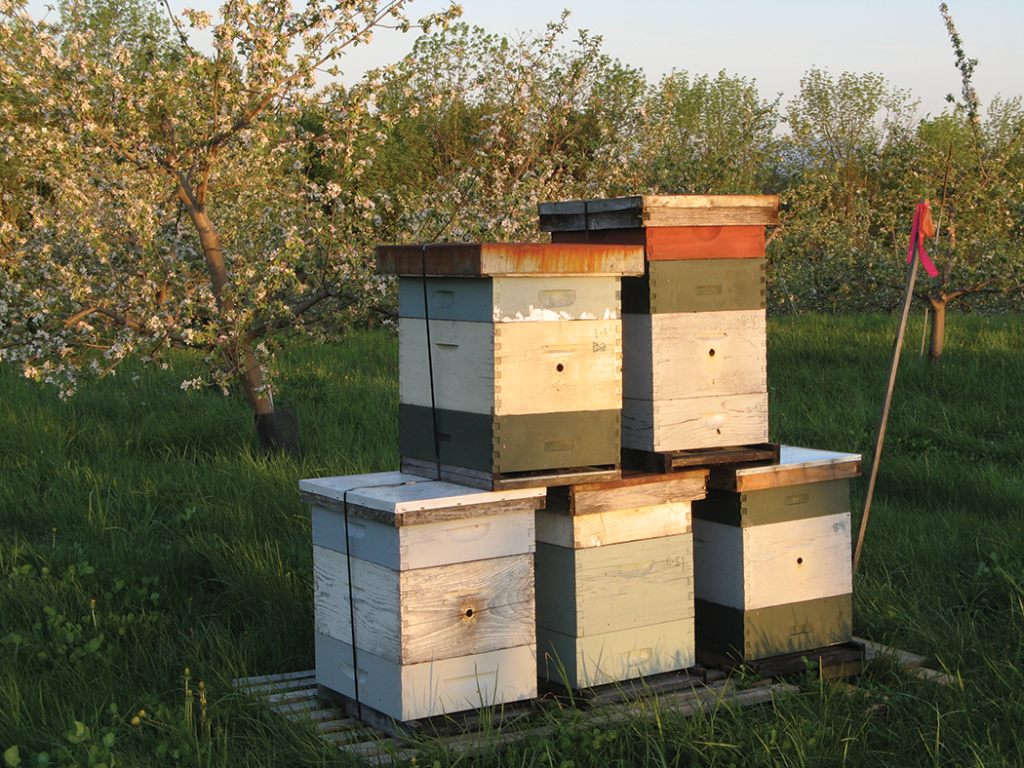
by Ross Conrad And We All Know What May Flowers Bring . . . Pilgrims? No – A Honey Flow. First let me…
Read More
by Clarence Collison Synthetic Brood Pheromone. Honey bee brood pheromone is a blend of 10 simple fatty-acid esters that are extractable from the larval…
Read More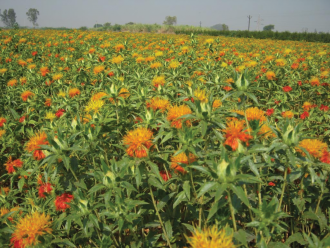
by Connie Krochmal A number of seed and oilseed crops happen to be good sources of forage for bees. This group includes safflower, sesame…
Read More
Members Of The Buckwheat Family Can Be Annual, Perennial Or Shrubby by Connie Krochmal The various smartweeds and knotweeds are found throughout the world….
Read More
State Pollinator Protector Plans Protecting Pollinators Takes Funding by Michele Colopy States are being encouraged to develop Pollinator Protection Plans. Whether it is state…
Read More
by Connie Krochmal Persimmons are excellent additions to the bee garden. Very suitable for hedges and espalier, the handsome, ornamental, picturesque, small to medium…
Read More
by Skylar Christensen “We are getting near,” said Gandalf. “We are on the edge of his bee-pastures.” It started in early May. A…
Read More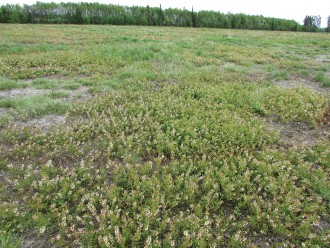
by Alan Harman Canadian Trevor Laing is importing thousands of workers to try to reduce Northern Ontario’s biggest export – its youth. He is…
Read More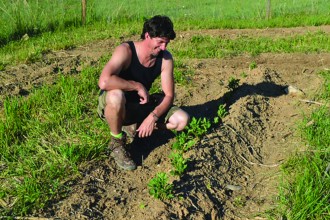
by Jessica Louque This past year, Bobby and I had a fairly prolific garden. It was so prolific, in fact, we wasted a lot…
Read More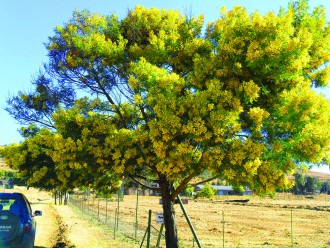
by Connie Krochmal The leguminous trees are reliable choices for the bee garden. Among these are a number of large trees, some of which…
Read More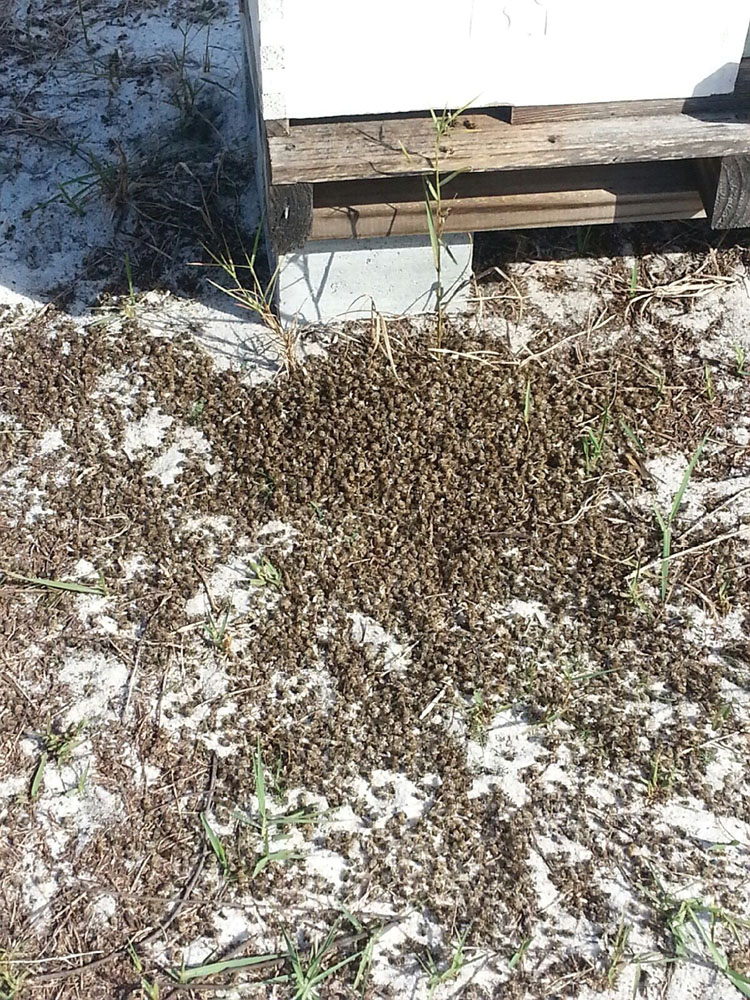
The Pollinator Stewardship Council by Michele Colopy In the May 2015 issue of this magazine, as part of the Honey Bee Health Coalition, an…
Read More